
* After expanding its boundaries and implementing a two-tier local government model, Da Nang city is facing many opportunities for development. What role do the agricultural and environmental sectors play in this period, sir?
- The expansion of the boundaries has created for Da Nang a larger development space in terms of space, resources and socio -economic ecosystem. In that context, agriculture and environment are no longer auxiliary sectors but have become pillars promoting sustainable development.
The Central Government expects Da Nang to be a national growth pole, a center of innovation and a pioneer in green, circular and marine economic models. To realize this goal, the agricultural sector must be restructured towards modernity and high technology, associated with resource and environmental protection.
We aim to develop specialized areas, organic agriculture, OCOP products associated with eco-tourism and advanced new rural programs. At the same time, we focus on forest protection, resource management, land and environment.
One of the strategic tasks is to develop an industrial-scale medicinal production and processing area, with Ngoc Linh ginseng as the main force, aiming to build Da Nang into a national medicinal industry center. In addition, promoting eco-tourism based on forest resources and researching and developing the carbon market - a potential direction in the context of a green economy.
* Could you tell us what are the key tasks in the 2025 - 2030 term to realize the city's major goals?
- We identify the overarching task as restructuring the agricultural sector towards modernity, high technology, associated with green economy and environmental protection.
The focus is on re-planning specialized areas in newly expanded rural areas, developing safe vegetables, fruit trees, ornamental flowers and high-value medicinal herbs. At the same time, applying digital technology in crop monitoring, using biological fertilizers and pesticides to ensure food safety and preserve the ecological environment.
The agriculture and environment sector also focuses on developing organic products, key products and OCOP, associated with digital transformation, traceability, and reorganizing production according to the value chain. The goal is to have more products that meet national 4-5 star standards, contributing to raising the brand of local agricultural products.
Regarding the environment, continue to effectively implement the "Environmental City" Project, conserve biodiversity, wetlands, develop green materials, improve capacity in forest management, irrigation, disaster prevention and water resource protection.
Prioritize preserving natural ecosystems such as protective forests, riverside and coastal areas; connect conservation - science - education - ecotourism to spread green lifestyle.
In the field of sea and islands, the industry is advising on building a fisheries center associated with the Hoang Sa fishing grounds, developing offshore exploitation, sustainable aquaculture, and combating illegal exploitation. Along with that, promoting digital transformation, modernizing management infrastructure, administrative reform, moving towards digital government and smart cities.
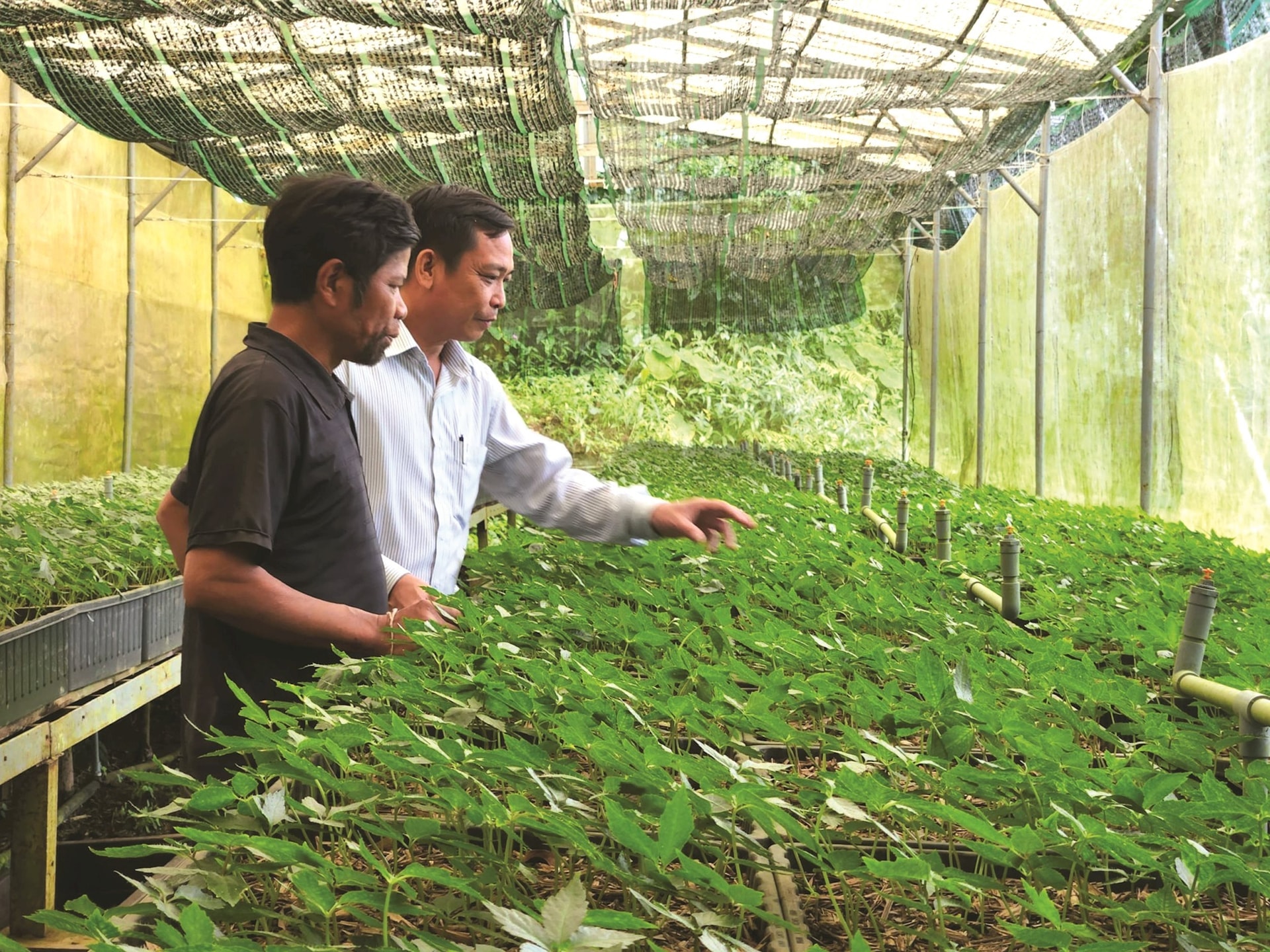
* After the merger, the industry's workload increased sharply. What steps has the industry taken to adapt?
- It is true that the workload has increased significantly, while under the new model, the departments no longer have specialized inspections, this is a big challenge. However, we see this as an opportunity to restructure the apparatus in a more streamlined, flexible and effective direction.
Currently, the Department of Agriculture and Environment is gradually improving its organization, rearranging personnel in accordance with practical capacity, and enhancing professional training associated with digital transformation. At the same time, promoting the supervisory role of Party organizations, unions and people to improve transparency and management efficiency.
Regarding Party work, we persistently implement resolutions on Party building and rectification, improve the quality of grassroots organizations and Party members, tighten discipline, increase inspection and supervision, and strictly handle violations. In addition, we promote propaganda and skillful mass mobilization to create consensus throughout the industry.
* For the 2025 - 2030 term, with a number of set goals such as forest coverage reaching 58%, or 100% of the urban population and 80% of the rural population having access to clean water, building a new, smart model rural area... Can you tell us how the industry will implement to complete this?
- We are synchronously implementing many solutions. Regarding new rural construction, we continue to improve the quality of standard communes, strive to create more advanced and model communes, especially smart new rural areas associated with urbanization, infrastructure improvement and technology application.
Regarding clean water and environment, priority is given to investment in water supply infrastructure in rural and mountainous areas; improving waste treatment, pollution control, waste classification at source and modernizing treatment facilities.
Regarding forests and climate change, implementing strategic projects such as planting large timber forests, green ironwood, coastal sand trees, converting ineffective crops, high-tech livestock farming, etc. At the same time, protecting natural forests, increasing zoning and planting sustainable economic forests.
* What will the agricultural and environmental sectors do to harmonize development and ecological protection, sir?
- In addition to development goals, environmental protection and climate change response are urgent requirements. The Da Nang Department of Agriculture and Environment identifies this as a cross-cutting task in all programs and plans.
The focus is on reviewing and adjusting agricultural land planning towards sustainability, prioritizing the development of ecological, organic, and circular agriculture.
The industry also promotes the application of high technology, saves resources, reduces emissions and limits negative impacts on the environment. At the same time, it strengthens solutions to protect forests, land resources, and water sources; closely monitors areas sensitive to climate change.
Communication and public awareness raising activities continue to be promoted, encouraging people and businesses to participate in green economic and circular economic models. The goal is to develop a modern, environmentally friendly agriculture that is flexible in adapting to climate change and contributing to green growth, protecting the city's natural ecosystem in the long term.
* Thank you for this conversation!
Source: https://baodanang.vn/tai-cau-truc-nong-nghiep-but-pha-tu-kinh-te-xanh-va-tuan-hoan-3298745.html



![[Photo] Da Nang: Hundreds of people join hands to clean up a vital tourist route after storm No. 13](https://vphoto.vietnam.vn/thumb/1200x675/vietnam/resource/IMAGE/2025/11/07/1762491638903_image-3-1353-jpg.webp)

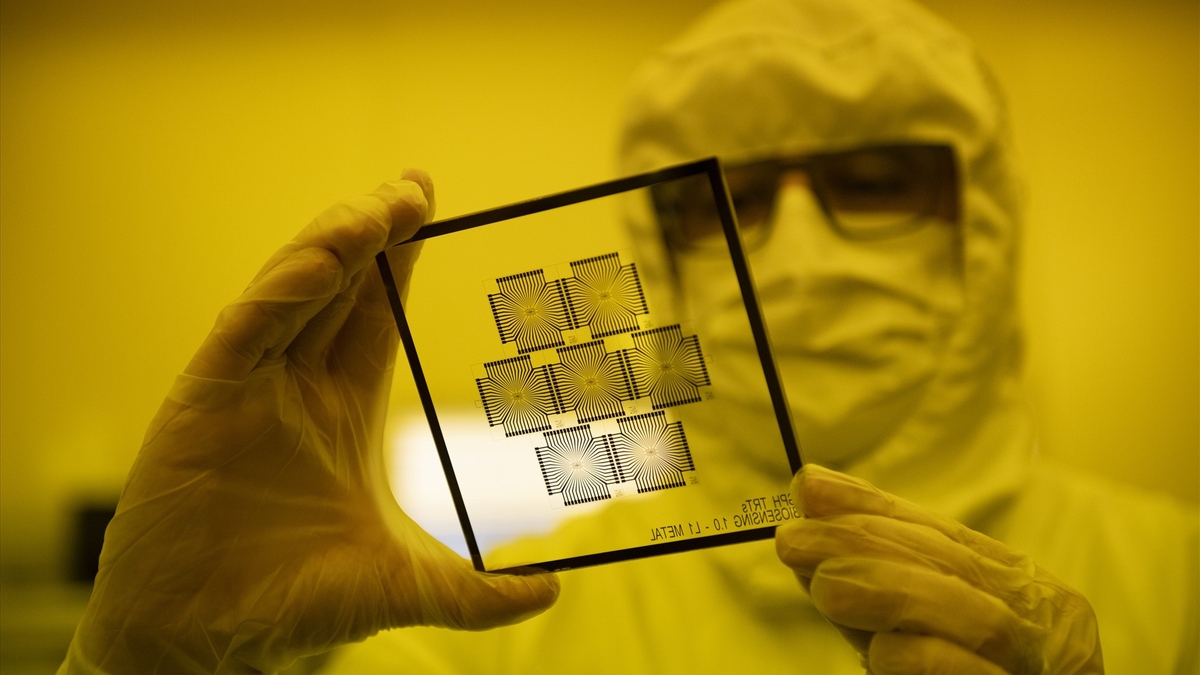


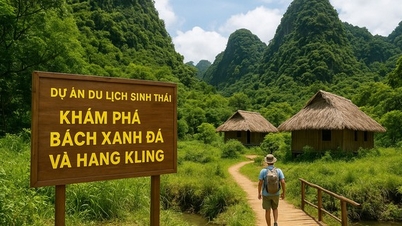

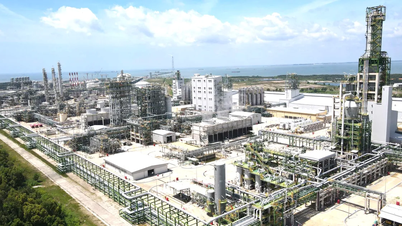

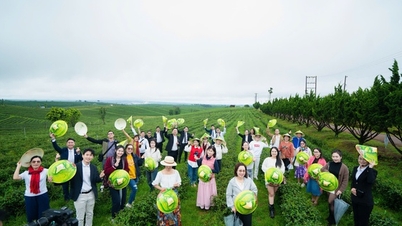


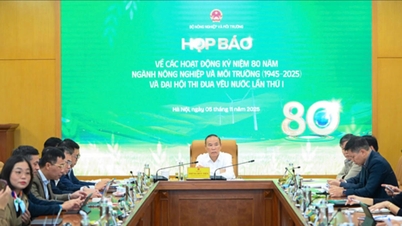

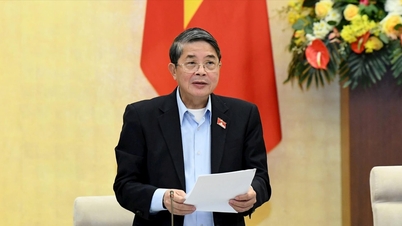



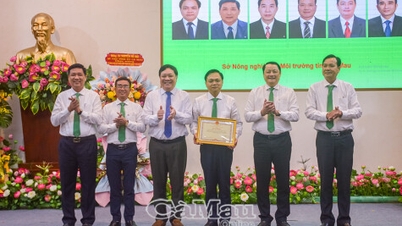





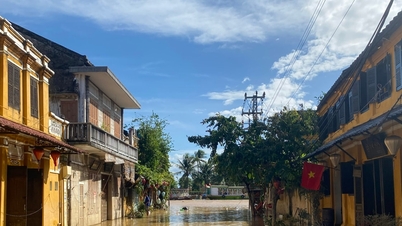



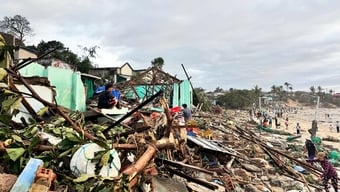



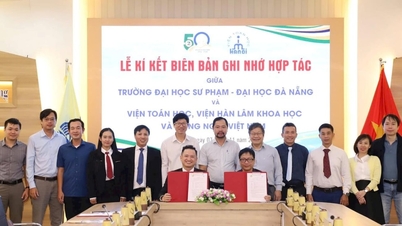
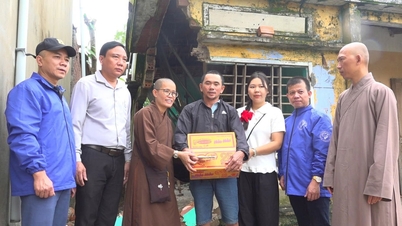
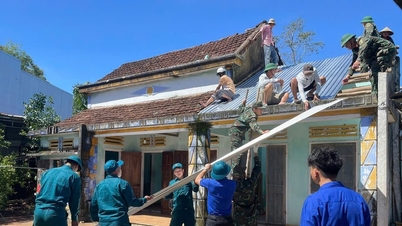
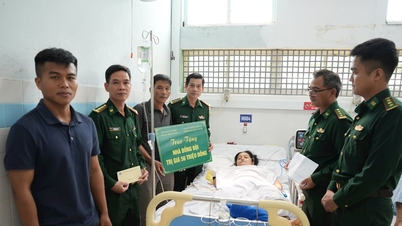
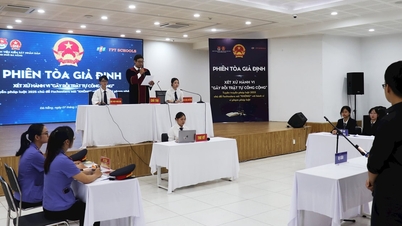



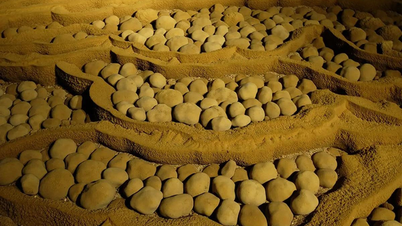




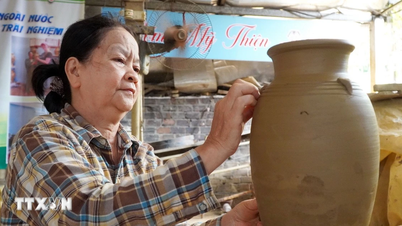

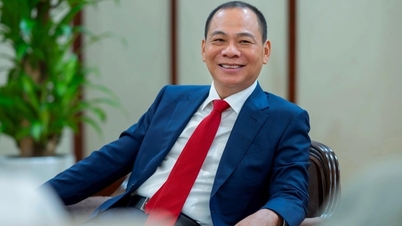







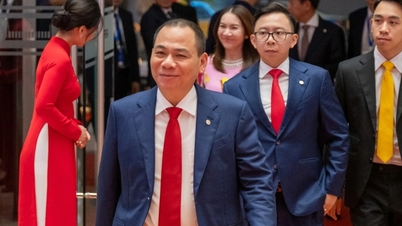

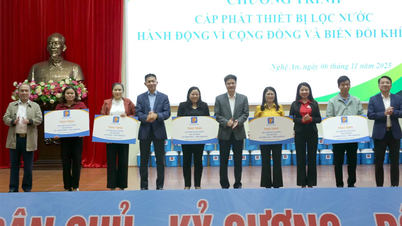


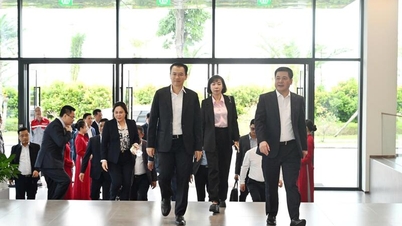
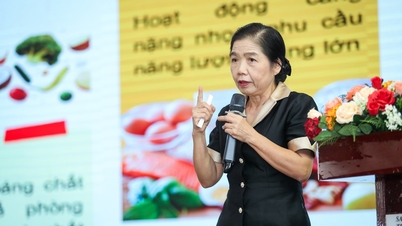


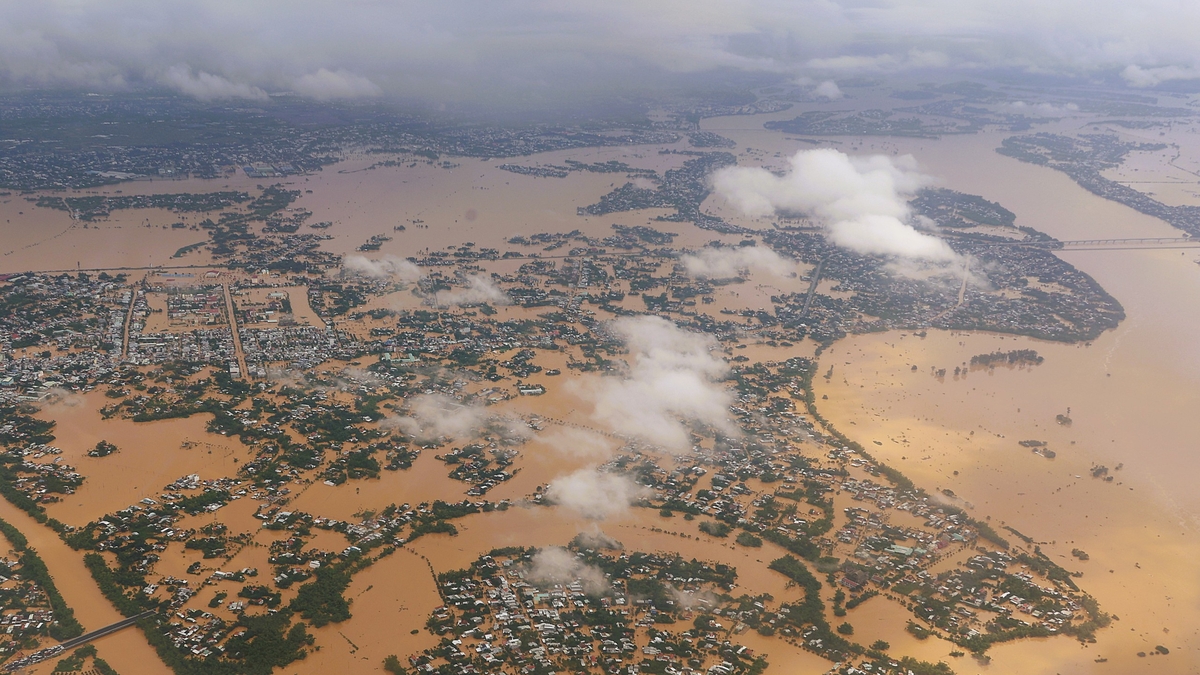



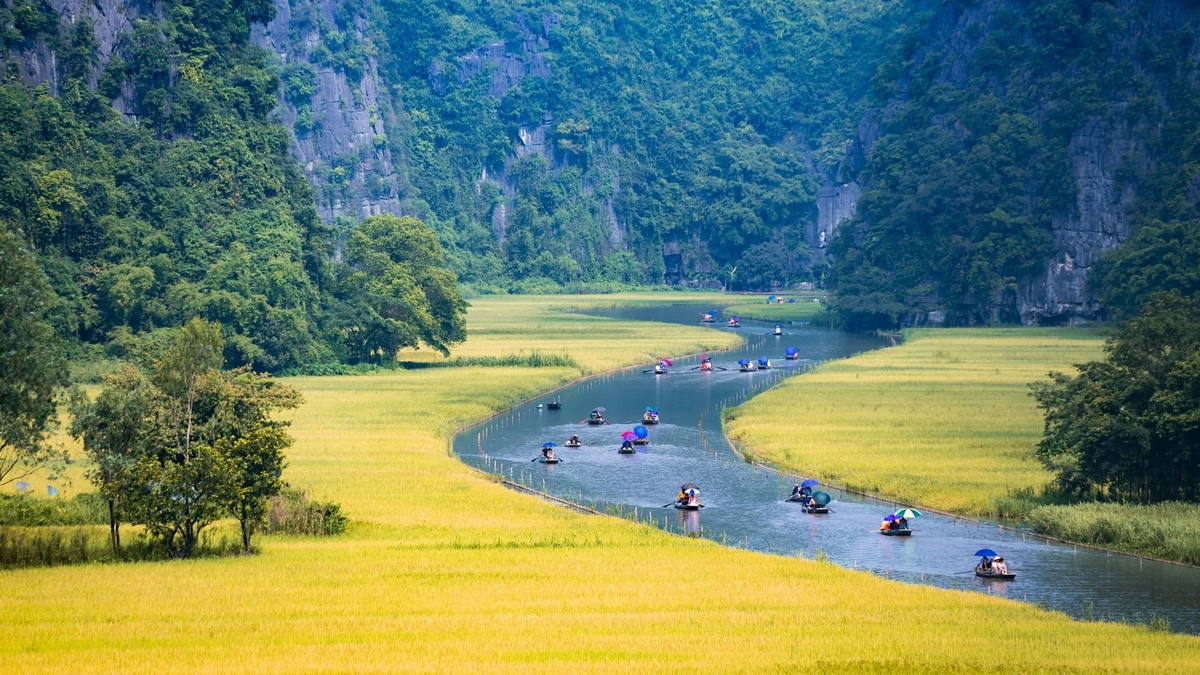
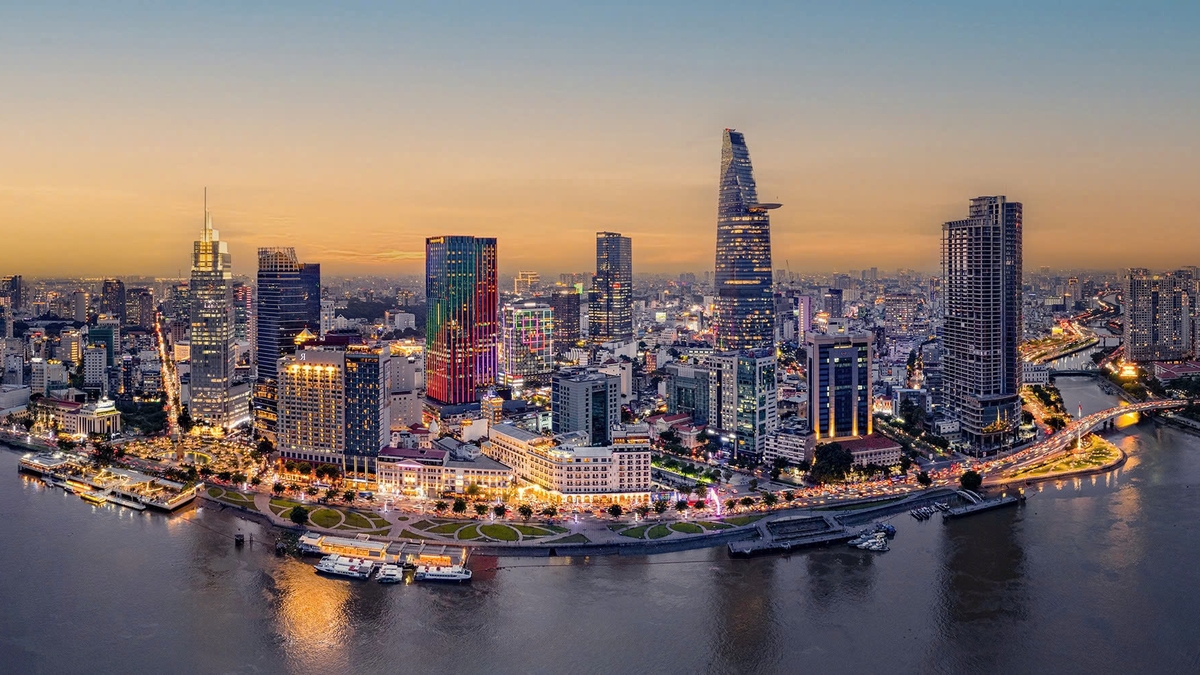
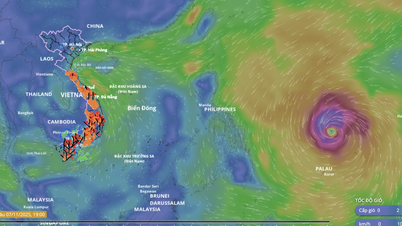






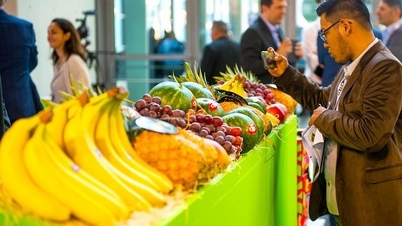


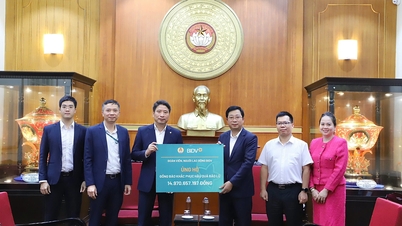

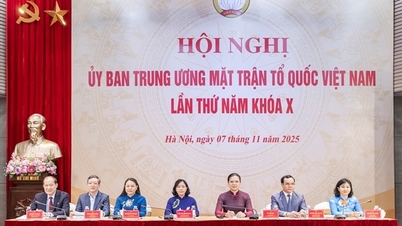
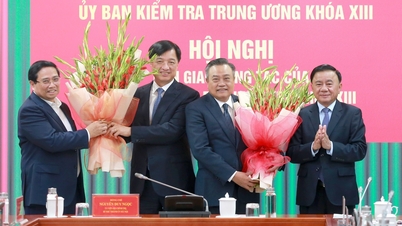




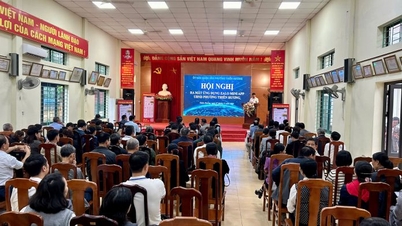


















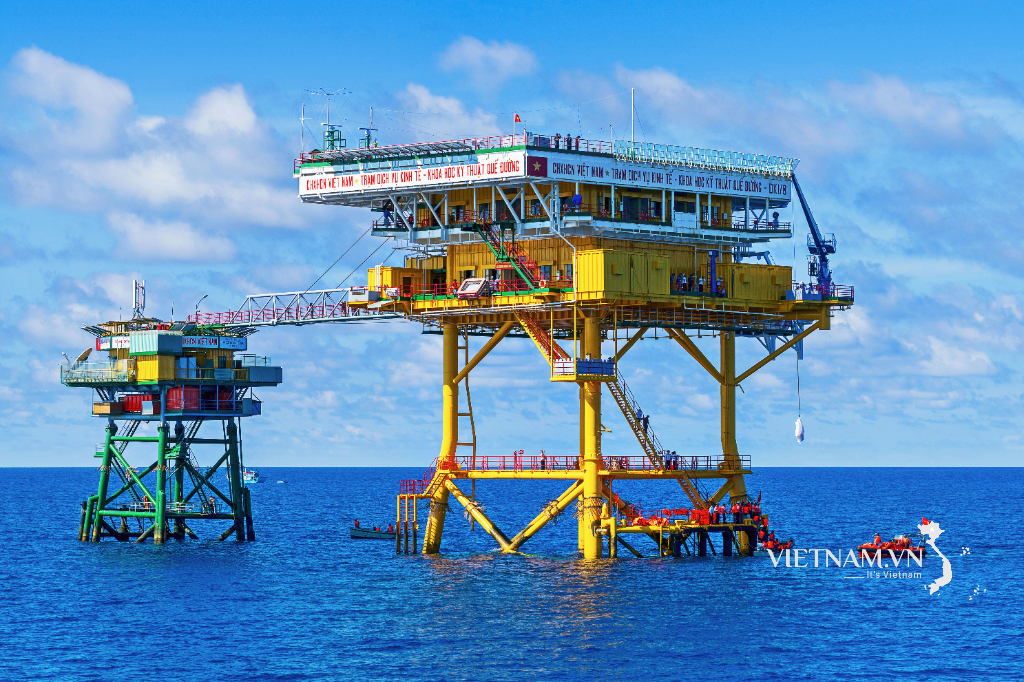
Comment (0)